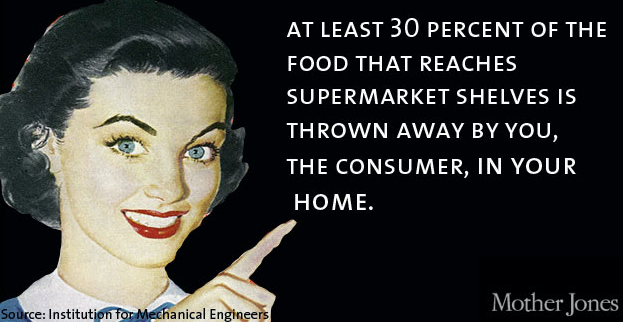Last week I chaired a food wastage forum – Whatever Happened to Waste Not Want Not – as part of the Sydney Festival. It was a joint initiative of Target100, a beef and lamb industry sustainability program, and EPA’s Love Food Hate Waste program (I’m the ambassador to both). The forum raised so many points, the aim of which was to encourage everyone in the audience to reduce their waste by 50 per cent.
A few factoids for you:
* By 2075, there will be 3 billion more mouths on the planet to feed, requiring 70 per cent more food than is available now. We can’t feed the planet now…what the hell are we going to do?
* The BIGGEST environmental issue facing the planet right now? According to many experts it’s food wastage.
* More than 50 per cent of all food produced doesn’t make it to our gobs. It’s wasted at the farm, in storage, transport, at the supermarket and then in our homes.
* The BIGGEST wasters in that cycle? Consumers. Yep. We toss out 20-50 per cent of our food each week. The average Australian household wastes $1036 worth of food a year.
* And the WORST offenders? 18-24 year-olds and those earning more than $100K a year. The young and the rich!
* Australian farmers, in particular meat farmers, have some of the most sustainable practices in the world. A meat-inclusive diet (as opposed to a vegetarian one) is the most sustainable here in Australia. I’ve touched on why here, but will be posting more on this soon.
At the forum, we asked everyone to try cutting their food wastage by 50 per cent. Totally reasonable. The European Parliament has resolved to reduce food waste by 50 percent by 2020. About 60 per cent of all food waste is entirely avoidable.
And we asked people in the audience to share the tips (from us on stage and their own) on Twitter on the hashtag #wastenot. The hashtag #wastenot went viral, and trended in Australia, and there are some fantastic tips on the tag. I’ve shared some here, but for more, simply do a little read through on the hashtag.
For more tips, here’s how to eat your scraps.



